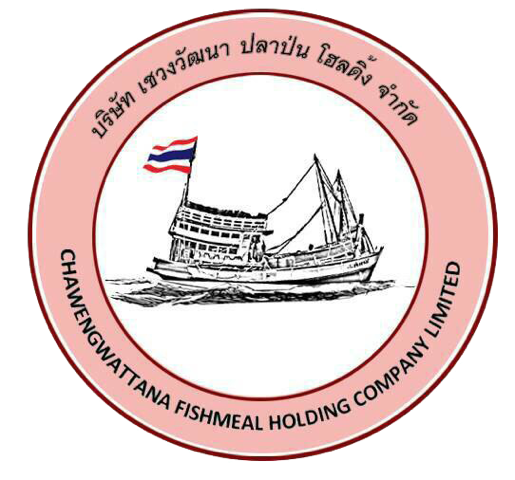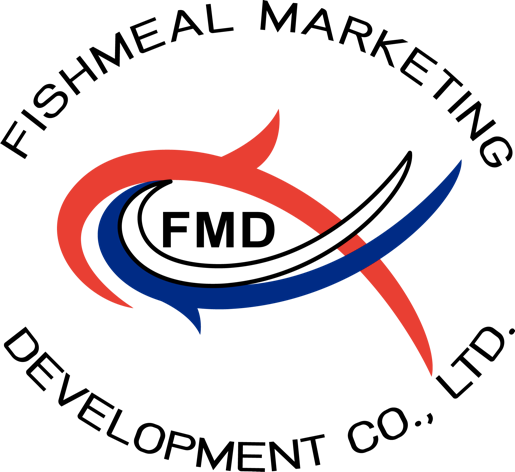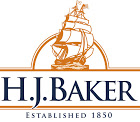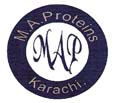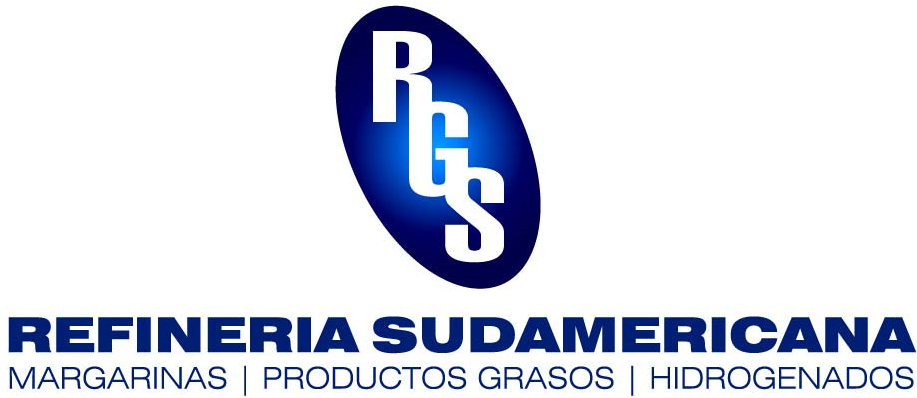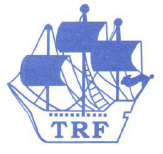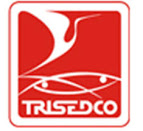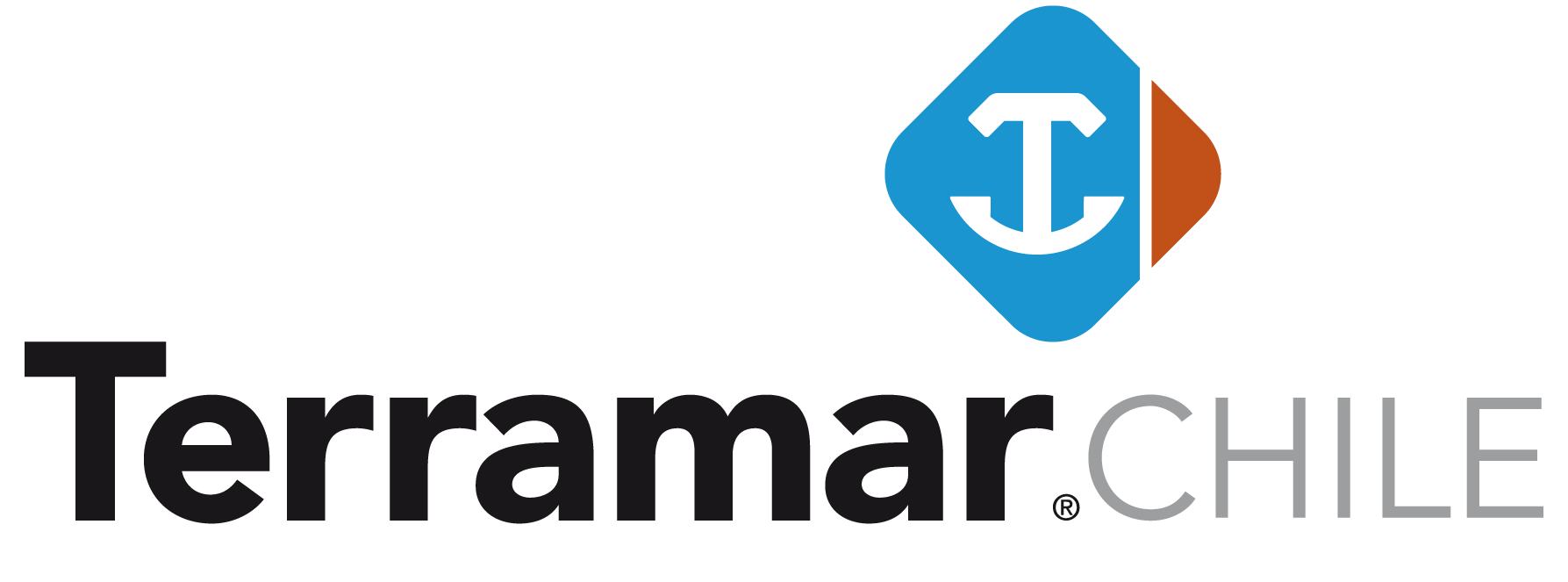Join Now | Free Trial | Login | Membership
Definition of fishmeal:
a) Brown Fish Meal - It is a product obtained by steaming, squeezing, drying and crushing whole fish (except raw fish for white fish meal) as raw materials.
Note 1: The raw fish is mainly non-human fish
Note 2: Red fish meal includes fish and shrimp meal).
b) White Fish Meal - The whole fish of white fleshy fish such as cod and plaice or the remaining part of the processed fish products (including fish bones, fish entrails, fish heads, fish tails, fish skins and fish fins, etc.) are used as raw materials, and they are steamed and pressed. , Drying and crushing the product obtained.
c) Fishmeal from By-product of Fish Processing - The remaining part (including fish bones, fish viscera, fish head, fish tail, fish skin and fish fins, etc.) after processing fish products from fish bodies other than white fish meal raw materials, is a product obtained by steaming, pressing, drying and crushing . (Note: Including marine fish and other fish processing by-products)
Table 1 Appearance and Characteristics
|
Item |
Brown fish meal |
White fishmeal |
Fish meal from by-product of fish processing |
|
Color |
Yellowish-brown to Brown or steel gray. |
Yellowish-white to slight yellowish-brown. |
Yellowish-white to yellowish-brown. |
|
Appearance |
Powder form in visible. A small amount of fish bones, fish eyes, etc. can be seen. Granular or fibrous fish meat, granular fish viscera and fish soluble paste, fish bones and scales can be seen under the microscope,; shrimp and crab ingredients can be seen in fish and shrimp meal. No insect, mildew or caking. |
Powder form in visible. Fish bones, fish eyes, etc. can be seen. it can be seen that there are more fish bones in the fibrous fish flesh.. No insect, mildew or caking. |
Powder form in visible.. Fish bones, fish eyes, fish scales, etc. can be seen. Under the microscope, granular or fibrous fish flesh, more fish bones, scales and brown lumps of internal organs can be seen. No insect, mildew or caking. |
|
Odor |
Normal fishmeal odor, no grease rancidity odor and burning odor. |
Normal white fishmeal odor, no grease rancidity odor and burning odor. |
Normal fishmeal odor, no grease rancidity odor and burning odor. |
Table 2 – Physical Specification
|
Item |
Brown fish meal |
White fishmeal |
Fish meal from By-product of fish processing |
|||||||
|
Premium |
Grade I |
Grade II |
Grade III (including fish and shrimp meal) |
Grade I |
Grade II |
Ocean Catching |
Others |
|||
|
Crude protein /% |
≥66.0 |
≥62.0 |
≥58.0 |
≥50.0 |
≥64.0 |
≥58.0 |
≥50.0 |
≥45.0 |
||
|
Lysine /% |
≥5.0 |
≥4.5 |
≥4.0 |
≥3.0 |
≥5.0 |
≥4.2 |
≥3.2 |
|||
|
Total amount of 17 kinds of amino acids a/crude protein /% |
≥87.0 |
≥85.0 |
≥83.0 |
≥90.0 |
≥85.0 |
|||||
|
Glycine/total amount of 17 kinds of amino acids /% |
≤ 8.0 |
-- |
≤ 9.0 |
-- |
||||||
|
Ratio of sum of DHA and EPA to the total fatty acid of fishmeal, % |
≥18.0 |
-- |
||||||||
|
Moisture /% |
≤ 10.0 |
|||||||||
|
Crude ash /% |
≤ 18.0 |
≤ 20.0 |
≤ 24.0 |
≤ 30.0 |
≤ 22.0 |
≤ 28.0 |
≤ 34.0 |
|||
|
Sand (insoluble ash in |
≤ 1.5 |
≤ 3.0 |
≤ 0.4 |
≤ 1.5 |
||||||
|
Salt (NaCl) /% |
≤ 5.0 |
≤2.5 |
≤3.0 |
≤2.0 |
||||||
|
Volatile base nitrogen (VBN)/ mg/100g |
≤100 |
≤130 |
≤160 |
≤200 |
≤70.0 |
≤150 |
≤80.0 |
|||
|
Histamine/ mg/kg |
≤300 |
≤500 |
≤1.00x103 |
≤1.50x103 |
≤25.0 |
≤300 |
||||
|
Malondialdehyde (Based on the content of Crude Fat)/ mg/kg |
≤10.0 |
≤20.0 |
≤30.0 |
≤10.0 |
≤20.0 |
≤10.0 |
||||
|
a )Total amount of 17 kinds of amino acids: the sum of total amount of 17 kinds of amino acids: the sum of Cystine, Methionine, Aspartic, Threonine, Serine, Glutamic, Glycine, Alanine, Valine, Isoleucine, Leucine, Tyrosine, Phenylalanine, Lysine, Histidine, Arginine contained in the sample. |
||||||||||
Back to listing



